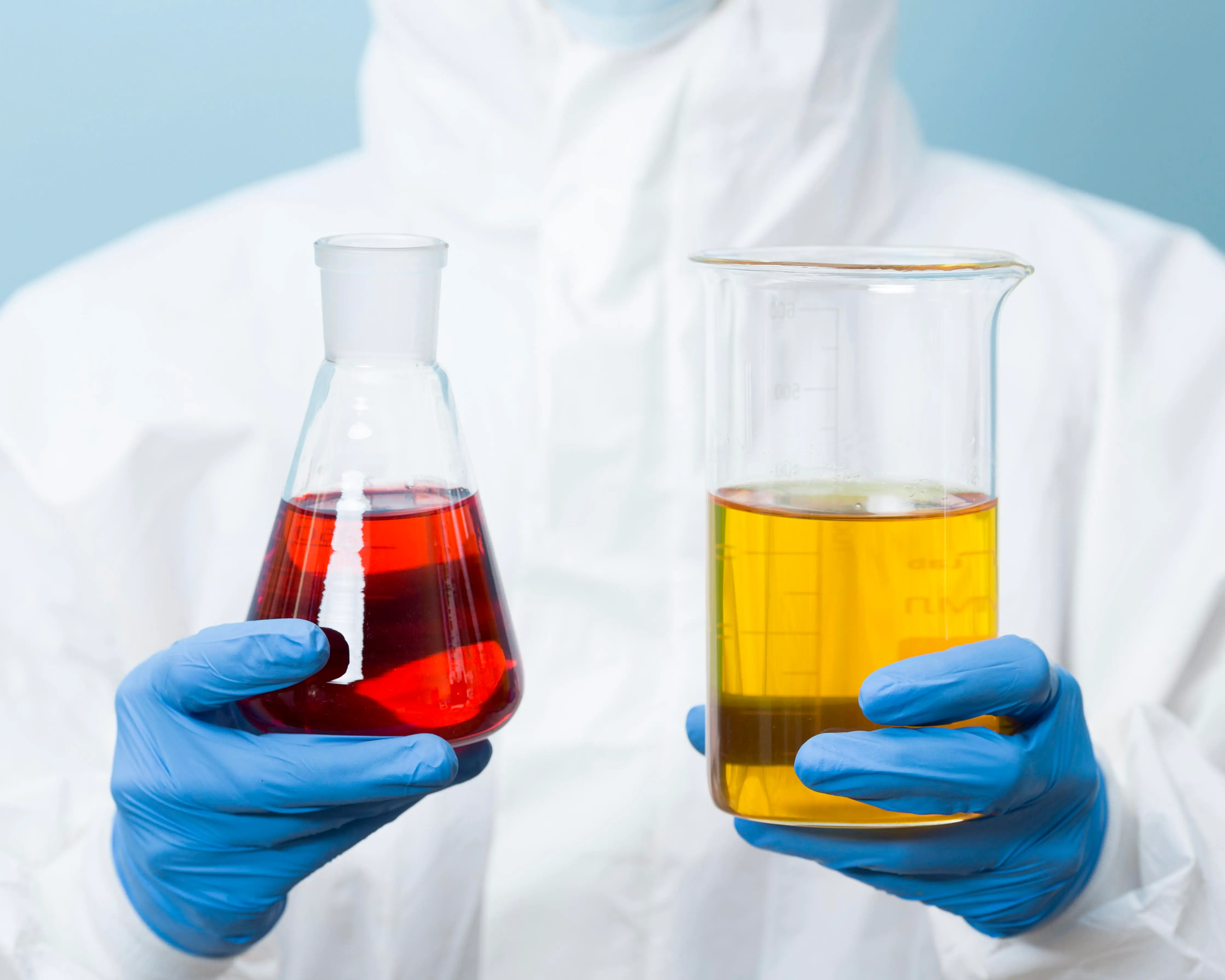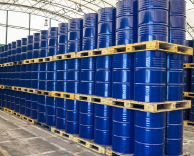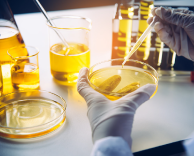What is Oil Purification?
Introduction
Over time, industrial oils like engine, hydraulic, and turbine oil, etc., catch dirt, metal shavings, water and even sludge. These residues can damage equipment, stunt functionality and shorten oil life. Because of this, oil purification is extremely important. In essence, oil purification aims to remove oil contaminants to extend oil service life. By keeping oil clean, we protect machinery, save money on repairs and oil changes, and chop off waste. Oil circulates and picks up solid particles, water and moisture, oxidation byproducts (sludge/varnish), and dissolved gases or acids. These contaminants wear out bearings and gears, cause corrosion, and cut lubrication. Condensation or leaks can let water seep into the oil, initiating corrosion and interrupting lubrication. Oil ageing can also cause gumming of systems via sludge accumulation.
Why Purify Oil?
Pure and clean oil is tagged with healthy machinery. Particles in oil create abrasion and roughen surfaces, so machines wear out faster. Clean oil runs at peak efficiency, reducing power use and improving output. In short, filtered oil protects equipment and improves performance. Key benefits include extended equipment life, longer oil life, better efficiency, safety and reliability, and low environmental impact.
Cleansing dirt and sludge substantially puts less wear and tear on moving parts, saving downtime and repair costs. Purified oil also keeps itself usable for longer, reducing the need for standard oil changes and minimising maintenance bills. In systems like turbines or transformers, oil purity is necessary, as it retains insulation and avoids dangerous failures. Reusing oil through purification reduces waste oil generation, disposal costs, and emissions, contributing to ecological sustainability and suppressing waste and pollution. In practice, every extra hour of oil life and omitted oil dump helps down the carbon footprint.

How Oil Purification Works
Oil purification usually involves one or more of these steps or technologies:
- Mechanical filtration: The simplest form uses filter elements (paper, mesh, cartridge or spin-on filters) to physically trap particles. Even common commercial oil filters in cars use this principle. In industry, large cartridge filters and stainless housings serve the same job: they screen out grit and fibres as oil passes through.
- Centrifugal purification: Centrifugal separators (oil centrifuges) spin the oil at high speed so heavier contamination is thrown out by gravity. These are very effective at clearing out water and larger particles. For example, feedback from field studies shows centrifuges excel at removing water and bulk debris, while fine filters handle the remaining small contaminants. Experts often recommend combining centrifuges and fine filters for the best results. Centrifugal purifiers work continuously and don't require filter elements, making them cost-efficient for high-volume cleaning.
- Vacuum dehydration and degassing: High-end purification systems may heat the oil and apply a vacuum to pull out moisture and dissolved gases. Under vacuum, water evaporates out of the oil and is collected separately. This multi-stage approach (heating, degassing, and fine filtration) is especially common in transformer and turbine oil cleaning systems. For instance, a transformer oil filtration plant typically stages the process: it heats the oil, vacuums out water/gas, then passes it through fine filters, restoring the oil's insulating properties.
- Coalescing (oil-water) separation: When oil is contaminated with emulsified water, a coalescing filter unit is used. These separators contain a special filter medium that encourages tiny water droplets to merge ("coalesce") into larger drops that can be separated. The result is very efficient oil-water separation. A coalescing oil-water separator can trap oil droplets down to about 20 microns before skimming the free oil off the surface. In other words, it polishes oil by removing free and emulsified water. Many large oil purification skids include coalescing elements to dewater the oil.
- Other methods: Some systems include magnetic filters to pull out ferrous particles or even chemical treatments (additives that bind contaminants). Electrostatic cleaners are another technology, as they charge particles and attract them to plates. These innovative methods can remove very fine varnish and submicron debris. For example, electrostatic kidney-loop filters have been developed to strip out oxidation products and molecular contaminants from engine oils.
For More Information About Filtration - Click Here.
Filtration Systems and Equipment
Oil purification equipment comes in many shapes, from wheeled filter carts to large skid-mounted units. Even shiny stainless-steel piping and valves are part of these systems. In industrial setups, oil is often circulated through multi-stage skids or carts where contaminants are extracted by filters, centrifuges, vacuum chambers or coalescers. There are portable units and stationary systems to fit different needs:
- Portable oil filtration systems (filter carts): These are mobile units on wheels, often called filter carts or trolleys. A technician can wheel a cart between machines or oil storage drums to clean used oil on-site. Filter carts typically have pumps, filter housings, and hoses. They can process new or used oil by draining it, filtering it, and then returning it. Minimac's filter carts, for example, are designed to filter both new and used oil and remove contaminants while transferring or flushing it. Using a filter cart in a plant is a flexible way to keep different systems' oil clean without shutting everything down.
- Hydraulic oil filtration systems: Hydraulic equipment (presses, lifts, machine tools) depend on ultra-clean oil. Specialised oil purifiers and carts are used for hydraulic fluids. In many plants, an offline hydraulic filtration unit circulates oil from the reservoir through a fine filter and back into the tank. This ensures that pump and valve tolerances are protected. Hydraulic oil filtration is so seriously valuable that ignoring it is sure to cause loss of quality, accelerated wear and potential system failure.
- Industrial/Skid-mounted systems: For large-scale operations, companies use stationary or skid-mounted purification systems. These are heavy-duty machines (sometimes 500 - 12,000+ LPM flow) with multiple stages: coarse pre-filters, fine filters, coalescers, dehydrators, and sometimes centrifugal separators. They can take oil directly from machinery or storage tanks, clean it, and return it to service. Such systems may handle turbine oil, transformer oil, gear oil, etc. Minimac, for instance, offers high-flow skids for oil flushing and purification (flow up to 12000 LPM with filtration down to a few microns)
- Waste oil filtration/reclamation systems: Waste or used oil can often be cleaned and reused rather than discarded. Reclamation involves intensive filtering and sometimes polishing (to restore additives). Specialised reclaimers can process drum after drum of dirty oil, yielding like-new base oil. In a recent case, Minimac filtered 49,000 litres of severely degenerated gearbox oil at a shipyard. We reduced the oil's NAS cleanliness code from 12 (very dirty) down to 3 - 5, effectively transforming it. The result: the customer extended oil life, avoided buying replacement oil, and cut waste disposal. Such systems are the pinnacle of oil purification, treating oil that would otherwise be wasted.
- Coalescing filter/oil-water separator: In any of the above systems, removing water is key. Coalescing filters (often part of a skid) specifically target oil-water mixtures. As described earlier, they can remove more than 95% of free oil from water, capturing tiny oil droplets. They are widely used where oil might get wet (coolants, cutting fluids, spills).
- Bypass filtration / kidney-loop: Sometimes called offline filtration, this method continuously pumps a small flow of oil from a reservoir through a fine filter and back. It runs parallel to the main system, thus bypassing it. This gently polishes the entire oil volume over time without interrupting operations. In practice, many best-practice programmes combine a bypass filter with a purifier/centrifuge.
In a nutshell, oil filtering equipment ranges from simple spin-on elements to complex multi-stage rigs. The right choice depends on the oil type, contamination level, and downtime tolerance. For mobile machinery, a small portable unit might suffice, but for a power plant, a large skid is definitely needed. By halting corrosion and removing the need for frequent oil changes, good filtration may increase the lifespan of large machinery. Oil purification is a smart investment that protects expensive machinery and increases operational effectiveness over time. Flow and downtime, mobility, environmental objectives, and oil type and pollutants should all be taken into account when selecting the best solution. Water-laden oil requires dehydration steps, and heavy gear oil requires different filters than light engine oil. Coalescers, centrifuges, mechanical filters, or combinations can be implemented to match the system.
Towards a Cleaner Future with Minimac
Minimac Systems specialises in oil purification equipment and services. We stress that oil purification and particulate removal are fundamental for any fluid system to perform well. Minimac offers a one-stop solution for oil care, from portable filter carts and vacuum dehydrators to large industrial skids and custom filter elements. We design systems to match the application, using appropriate technologies for tackling contamination in lubricating oils. You'll find Minimac's name in power plants, refineries, mines and more, all geared to keep oil at the right cleanliness standards. Partnering with a specialist like Minimac has extra benefits. For example, we helped a large shipyard by supplying FS-series filtration machines and training staff. They cleaned two tanks totalling 49,000 litres of filthy lube oil, bringing the oil's cleanliness from NAS 12 down to NAS 3-5. The payoff was obviously huge, like extended oil life, no random shutdowns, and the negation of oil replacement costs.
Conclusively, Minimac ties oil purification to sustainability. Our leadership says that better lubricant life directly cuts CO₂ and greenhouse gases. In fact, Minimac's mission is to reduce 860 Gigagrams of CO₂e by 2034, roughly the annual emissions of tens of thousands of cars. Every oil filter and purifier we deploy is a step toward that goal. By using Minimac's systems, customers not only protect their machines but also join a big decarbonisation effort. Choosing superior oil purification is both an operational and environmental win. It keeps plants up and running reliably, and it helps meet green targets. In the end, investing in oil purification systems from simple oil filters up to full oil purification plants is a smart move. Clean oil always refers to smooth operations and a cleaner planet.
Learn more about our services and industry insights by visiting our official LinkedIn page: Minimac Systems





